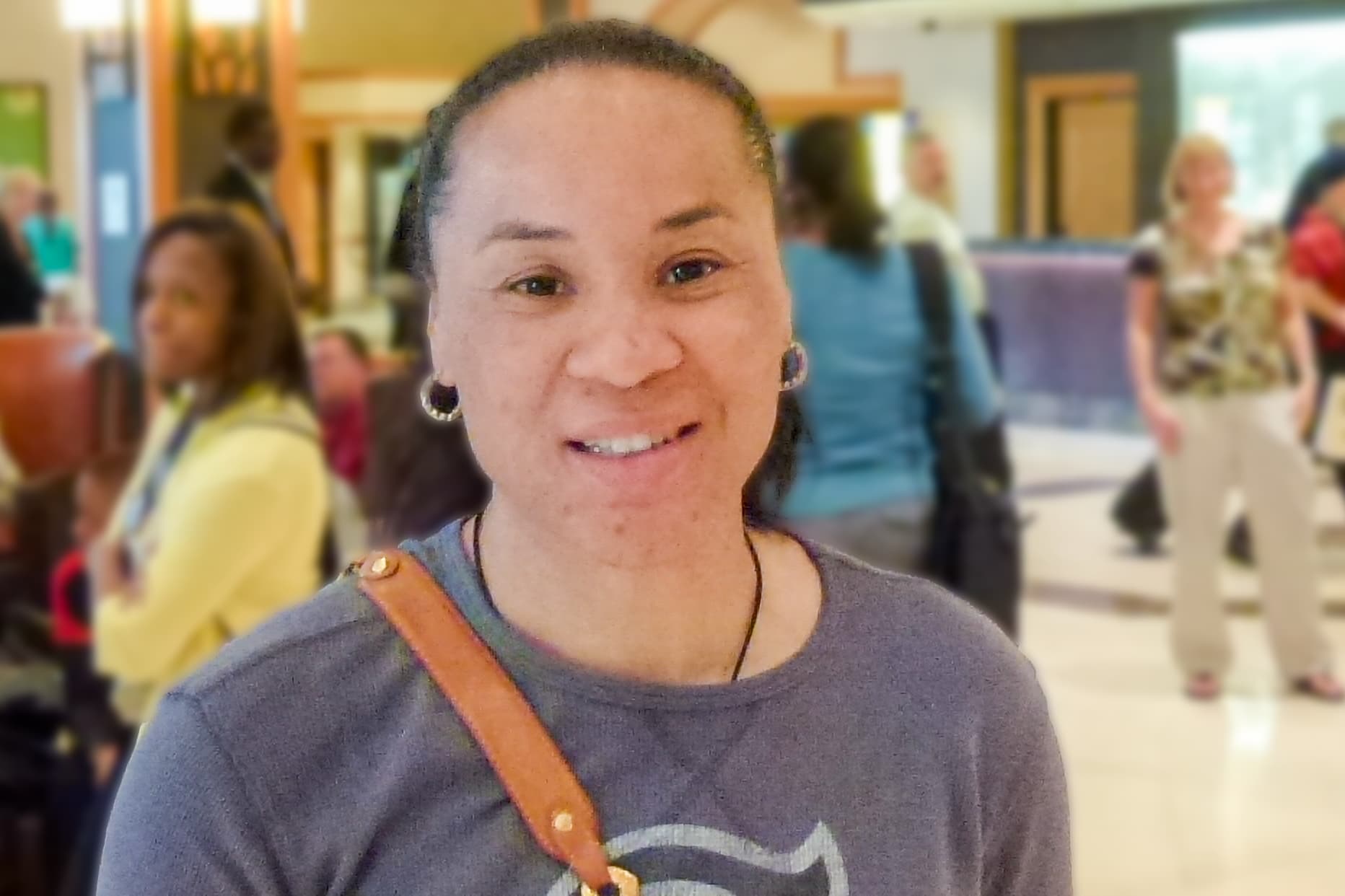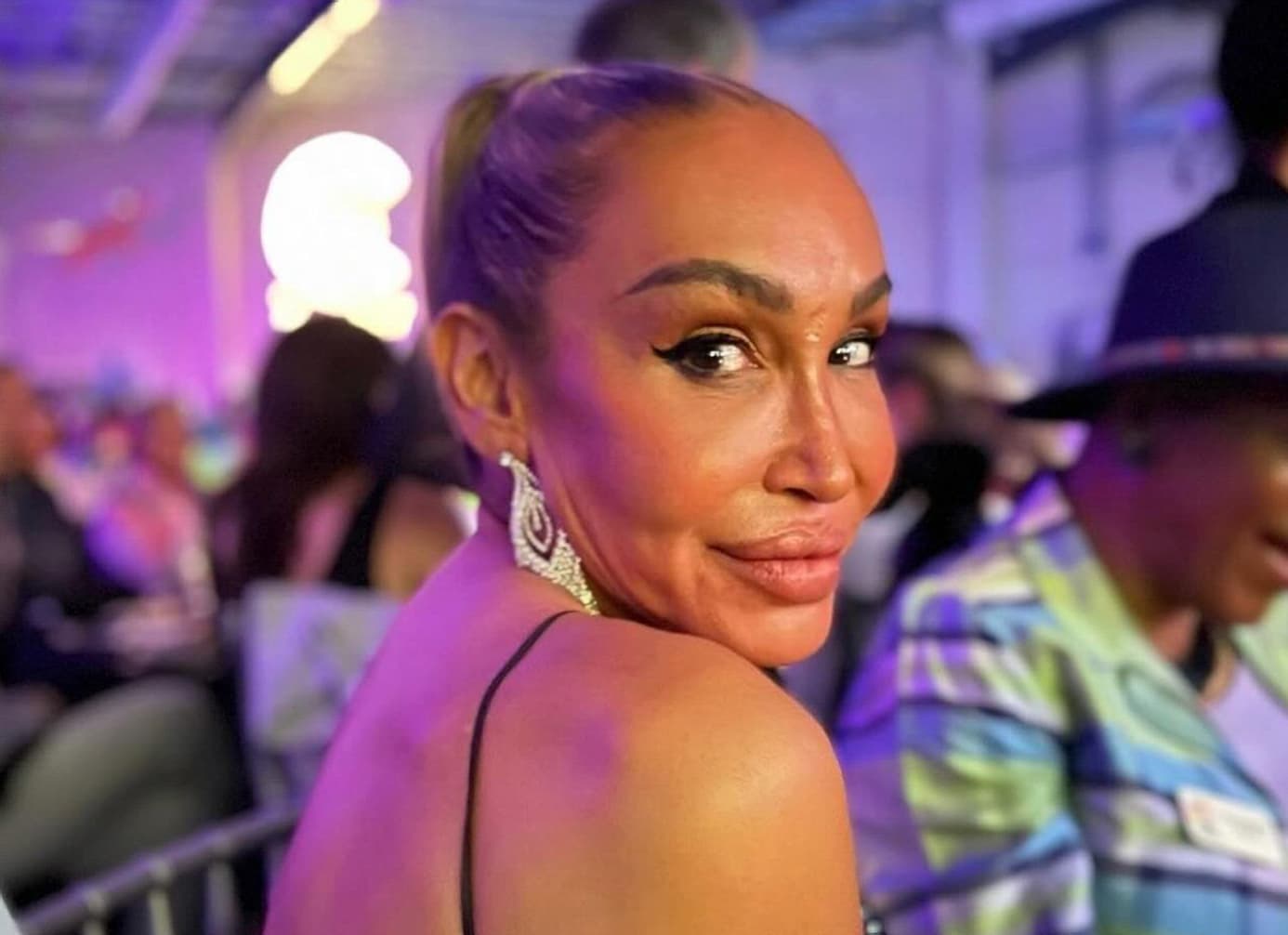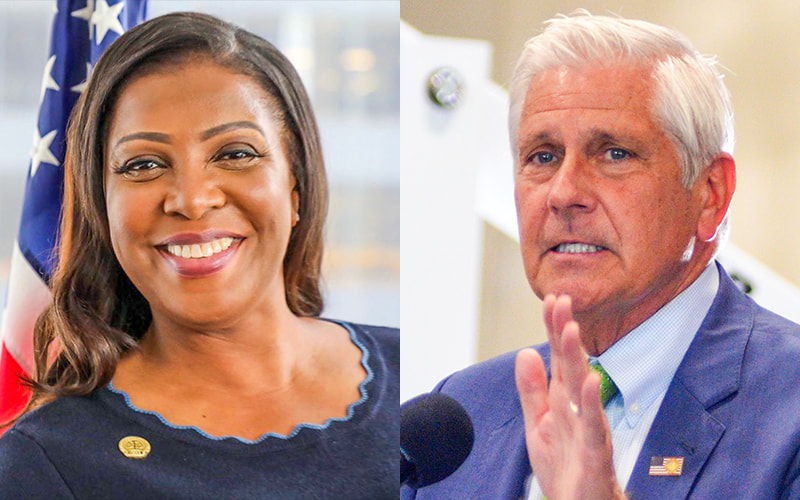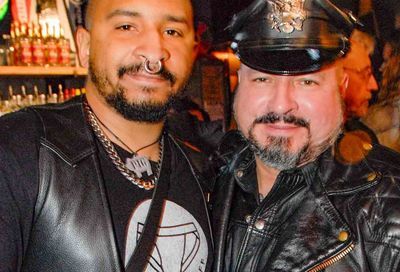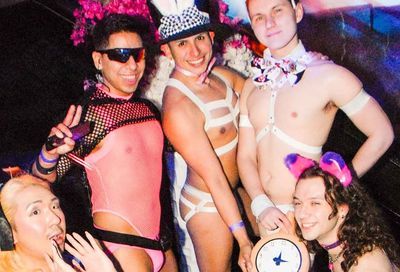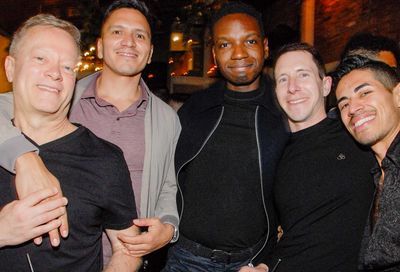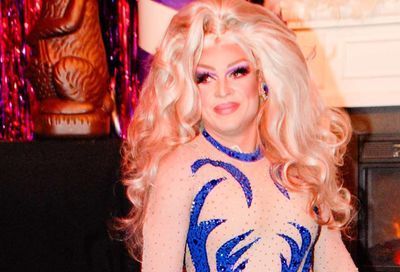HBO’s ‘The Lady and the Dale’ follows the rise and fall of a trans maverick and outlaw
Zackary Drucker promises amazing twists and turns in the incredible true story of Geraldine Elizabeth Carmichael

Geraldine Elizabeth Carmichael was convinced 1975 would be the year of the Dale. The maverick businesswoman was sure her radical three-wheeled, energy-efficient car would revolutionize the auto industry and solve the raging oil crisis.
A brazen capitalist of the highest order, Carmichael wouldn’t be deterred by her lack of experience in manufacturing and selling cars, nor intimidated by interference from the Big 3 automakers in Detroit. And she wouldn’t be discouraged by the fact that she was a transgender woman in a prejudiced and intolerant world. But, eventually, Liz Carmichael would have to face the fact that she was a fugitive outlaw wanted for a rash of cons and crimes committed in her present and former life.
“I didn’t know about Liz,” says Zackary Drucker, co-director of The Lady and the Dale, HBO’s new four-part documentary series recounting Carmichael’s remarkable rise and fall. “I think, certainly, most people will be learning about her for the first time.”
Drucker was first introduced to Carmichael’s fascinating story by The Lady and the Dale executive producers Mark and Jay Duplass, the latter of whom co-starred on the series Transparent, on which Drucker served as a consultant. “I got a call from Jay Duplass,” Drucker recalls, “and he said, ‘Have you ever heard of Liz Carmichael? She created a three-wheel, energy-efficient car at the height of the oil crisis in the 1970s.’ I said, ‘Who?’ And I thought to myself privately, ‘Why this story?'”
Yet something about Carmichael’s grit and hustle, her dauntless approach to business and to embracing her gender identity, spoke to the trans activist. “It took creating the series to realize that the restless spirit of Liz Carmichael was banging on Earth’s door, demanding that her story be told accurately, respectfully and with the true complexity of her life,” she says.
In four swiftly-paced, hour-long episodes, Drucker and co-director Nick Cammilleri richly detail Carmichael’s journey from small-town Indiana hustler to Encino, California mother of five pursuing grandiose dreams of becoming the world’s top automaker. Before transitioning in her 40s, Carmichael already had run through a string of failed marriages and busted schemes.
She eventually found true love with wife Vivian Barrett, and the couple raised five kids, while Liz built her business, the 20th Century Motor Car Corporation. Certain that she had a winner in the Dale, Liz Carmichael might have become the most phenomenal success story the industry had ever known — if she hadn’t turned out to be a crook.

Drucker acknowledges she had some reservations about focusing a film on a woman many would consider a less than model representation of the trans community. But she believes audiences will accept and understand Liz Carmichael with all her flaws. “I think that we have been in this kind of first phase of correcting a history of misrepresentation of trans and non-binary people. And for the past several years, we’ve been in an affirmational stage of storytelling. [So] I hope that we’ve laid the groundwork and won enough hearts and minds, and familiarized the consuming public with trans narratives, and can tell more complex stories about protagonists who are imperfect.
“Liz’s resilience is miraculous,” she adds. “Her living a full life into her 70s is, in and of itself, a testament to the will to survive. That is Liz’s legacy to me. Her story is not unique in the sense that many people before her were made an example of for being themselves in public. Many people before her were criminalized for walking down the street and existing, were publicly humiliated, were murdered. Liz is kind of a humble inflection point of a media narrative that was created about trans people over centuries.”
The Lady and the Dale conveys that dramatic inflection as Carmichael is thrust into the public eye, first as a trailblazing entrepreneur with a possible answer to the ’70s energy crisis, then as the center of her own salacious scandal. Publicly outed as transgender by former KABC-TV reporter Dick Carlson, Carmichael was exploited for months as a lightning rod for ratings and hate. As much as her own mistakes, transphobia was “the crucial component” in Carmichael’s very public downfall, says Drucker. “I think if she had been a cisgender man, she wouldn’t have been targeted by Dick Carlson.”
An unrepentant Carlson appears in candid on-camera interviews that reveal as much about him as they do about his role in exposing Carmichael. “We were very strategic,” says Drucker, describing the filmmakers’ approach to interviewing Carmichael’s friends and foes. “We took turns doing the interviews. I was strategically not present in certain moments to get more authentic reactions about Liz’s trans-ness. I don’t think that many of the subjects identified that I was trans. But we got some honest reactions from a lot of folks whose antiquated and pejorative views of trans people have not changed in forty-five years. It was eye-opening for me and depressing sometimes, quite honestly.”
The series spans a multitude of emotions. Heartfelt interviews with Carmichael’s children counter bitter takedowns by Carlson, while clever collage and stop-motion animation synthesizes action, flashbacks, and recreations into a visually consistent whole.
“We worked with an incredible animation company, Awesome and Modest,” raves Drucker. “Ultimately, we created a template for telling the story differently, and in what we imagined would have been the style of Liz Carmichael — the kind of scrappy, DIY collage with rough edges, as if she had just been cutting things out. I think it’s really an experimental approach to this telling of the story. And I couldn’t be more thrilled with the collaboration. I mean, they took our ideas and just ran with them.”
An inspired combination of biography and true-crime chronicle, The Lady and the Dale draws a sharp individual portrait, and also frames a bigger picture. “The ways in which Liz was a part of a long history of trans people being publicly humiliated, incarcerated, and done dirty in the press,” says Drucker.
Even as more trans and non-binary artists take the reins in telling queer stories, Drucker notes, “The media landscape today around trans identities continues to be divided, and continues to impact legislation from state to state, even while our rights are becoming more secured by the Supreme Court case that happened last year.”
The arduous uphill climb of LGBTQ progress requires complex narratives like The Lady and the Dale. “I think that often our stories are literally erased, are literally removed from public record.” So Drucker seized on the opportunity to reclaim some of that erased history.
“In the last episode, we get into the story of Lucy Hicks Anderson, who was a prominent community member in Oxnard, California, and yet there’s no paper trail of her existence administratively. There’s no birth certificate for her. There’s no death certificate. There’s this kind of curiosity, where you’re like, ‘Somebody tried to erase this person.’ And luckily, with Liz, she was in the media so much and on television that she was indelible. She was eternal.”
The Lady and the Dale premieres on HBO and HBO Max with two back-to-back episodes Sunday, January 31 starting at 9 p.m. ET/PT, with new episodes airing subsequent Sundays at 9 p.m. ET/PT. Visit www.hbo.com.
Read More:
4615 Theatre unveils a bold, diverse new slate of online programming
Task Force’s new leader Kierra Johnson on the future of the LGBTQ movement
Transgender service members react to repeal of Trump military ban
Support Metro Weekly’s Journalism
These are challenging times for news organizations. And yet it’s crucial we stay active and provide vital resources and information to both our local readers and the world. So won’t you please take a moment and consider supporting Metro Weekly with a membership? For as little as $5 a month, you can help ensure Metro Weekly magazine and MetroWeekly.com remain free, viable resources as we provide the best, most diverse, culturally-resonant LGBTQ coverage in both the D.C. region and around the world. Memberships come with exclusive perks and discounts, your own personal digital delivery of each week’s magazine (and an archive), access to our Member's Lounge when it launches this fall, and exclusive members-only items like Metro Weekly Membership Mugs and Tote Bags! Check out all our membership levels here and please join us today!




